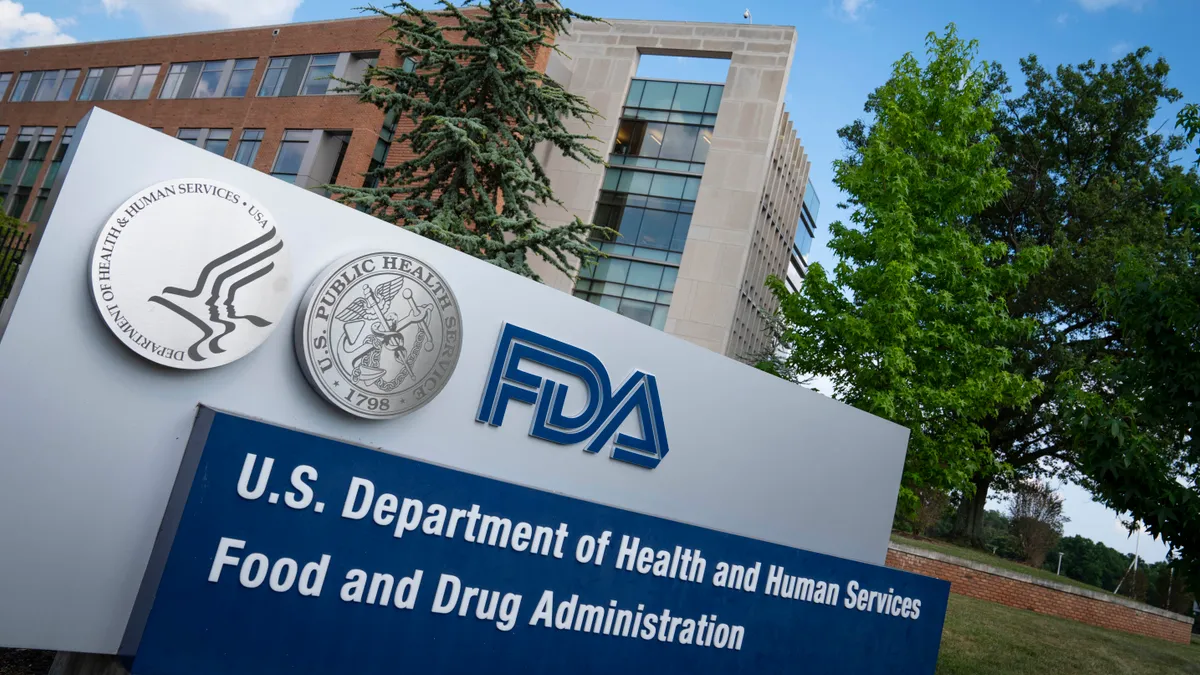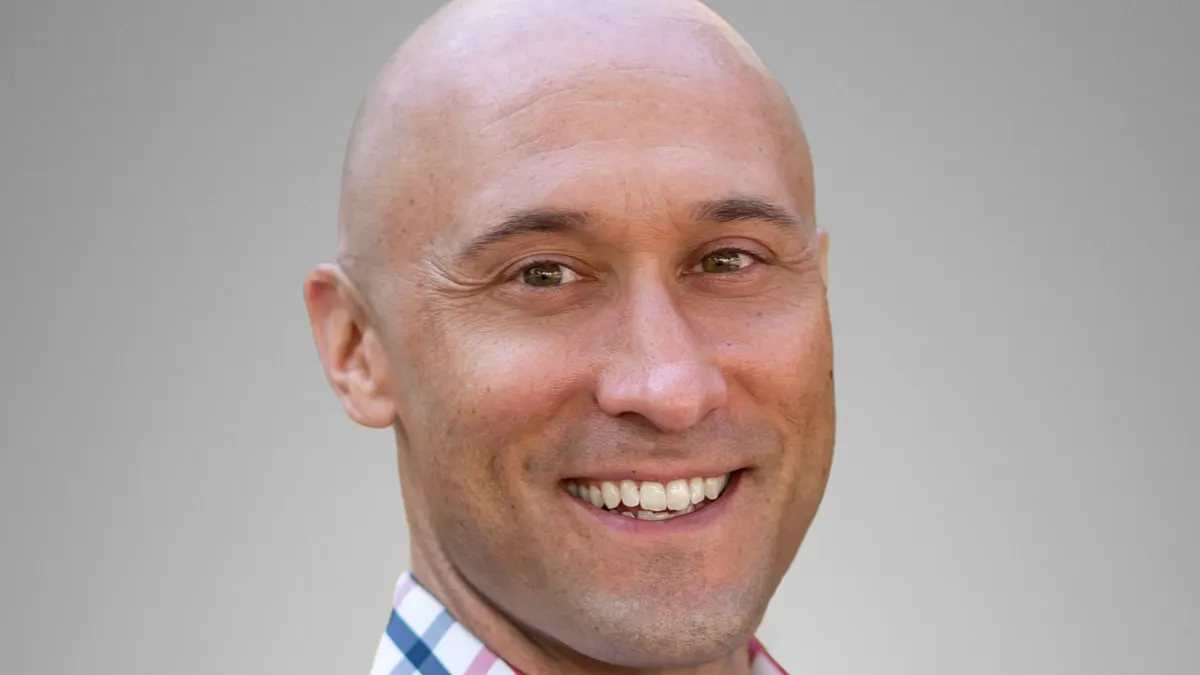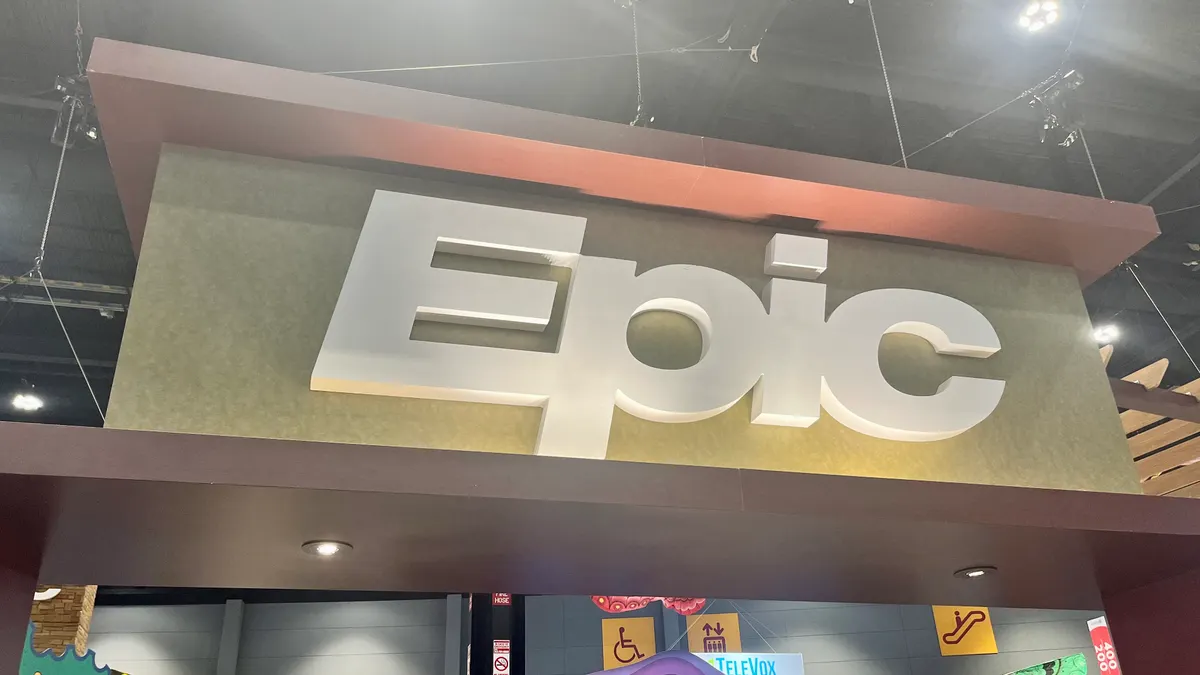FDA has failed to send the final Medical Device User Fee Amendments V agreement to Congress by the Jan. 15 deadline. The missed deadline follows months of talks that showed the FDA and industry were at odds over critical elements of the MDUFA program.
Disruption caused by the COVID-19 pandemic meant negotiations over MDUFA V got off to a late start. Yet, negotiations between FDA and other parts of the life science industry wrapped up months ago — the agency published its commitment letter to the pharmaceutical sector in August — and meeting minutes reveal points of major disagreement over a deal that could be worth $1.2 billion.
Whatever the cause of the delay, FDA is staying tight-lipped for now.
"BsUFA, PDUFA and GDUFA were all transmitted to the Hill. On MDUFA: In order to respect the negotiation process, we cannot comment on any specific details. When our negotiations have been finalized, we will be communicating with the public about the status of the agreements reached through the MDUFA negotiation process," a spokesperson for FDA said in an emailed statement.
An AdvaMed spokesperson told MedTech Dive the Jan. 15 deadline was missed and the device industry is still in discussions with FDA.
"There are a number of roadblocks. We're pretty close to getting passed the issues that FDA has with some of our recommendations," the spokesperson said, but wouldn't elaborate on what those sticky points are, adding that the device lobby's CEO Scott Whitaker is "pretty confident that we'll get some sort of resolution soon."
Minutes of the meetings that took place between the FDA and industry representatives over the first six months of 2021 show sticking points that could have prevented the two sides from reaching an agreement in time for the Jan. 15 deadline.
The extent of the disagreement was laid bare at a virtual meeting in April 2021, when the industry rejected the proposal the FDA made at the previous gathering and said it had a "fundamentally different view of the MDUFA program and its purposes."
That fault line centered on FDA's vision for a Total Product Life Cycle Advisory Program. FDA pitched the program as a way "to enable earlier, more frequent, and more strategic communication between FDA and sponsors, as well as to facilitate sponsors' early engagement and coordination with external stakeholders that impact patient access to medical technologies, such as payors and physician professional societies."
Industry representatives took a different view, questioning the need for the program and voicing doubts about whether private payors would participate. By June, FDA was still listing "improve device safety across the total product lifecycle" as one of its three overarching goals of MDUFA V but the discussion had shifted to other topics.
Attention at the June meetings turned to FDA staffing. The agency sees MDUFA V as a way to "optimize FDA infrastructure, staffing and resources to keep pace with scientific development" but has faced some pushback from industry representatives who want to understand how it is using their money.
At the June 30 meeting, the most recent event with publicly available minutes, the FDA proposed tasking an independent contractor with tracking its hiring and staff capacity. The proposal followed a call from the industry side for details of how many MDUFA-funded full-time equivalent positions were then vacant.
As the medtech negotiators saw it, the absence of the vacancy figure made "difficult to evaluate additional needs beyond the existing program baseline." The FDA said it does not identify positions as being funded by MDUFA and proposed the independent contractor as a way to address the concerns.
The lack of publicly available minutes from after June 30 means it is unclear if staffing or one of the other issues identified during the negotiations has held up the delivery of a final MDUFA V user fee agreement to Congress.
As of June 30, the two sides were still arguing over issues including the handling of carryover balance. The industry made the reinstatement of the fifth year offset in fees from over-collections an early focus of its negotiating aims. Industry representatives agreed with the FDA to rescind the offset for MDUFA IV, only for the growth of the carryover balance to prompt them to rethink that position. The industry pushed for a say in how the FDA uses the $200 million carryover balance in negotiations during the first half of 2021.
There is precedent for MDUFA negotiations dragging on past the deadline. The agreement on MDUFA III, which was reauthorized in 2012, arrived in March, although the agency shared details of "an agreement in principle" with the industry at the start of February. That gave the FDA enough time to hold a public meeting to discuss the agreement and finalize everything in time for the expiration of MDUFA II on Sept. 30, 2012.
A similar rush to the finish line may take place over the coming months. MDUFA IV is set to expire at the end of September. Between now and then, the FDA needs to reach an agreement with industry, publish its draft proposal, hold a public meeting and send the final package to Congress.
Greg Slabodkin contributed reporting to the article.




















